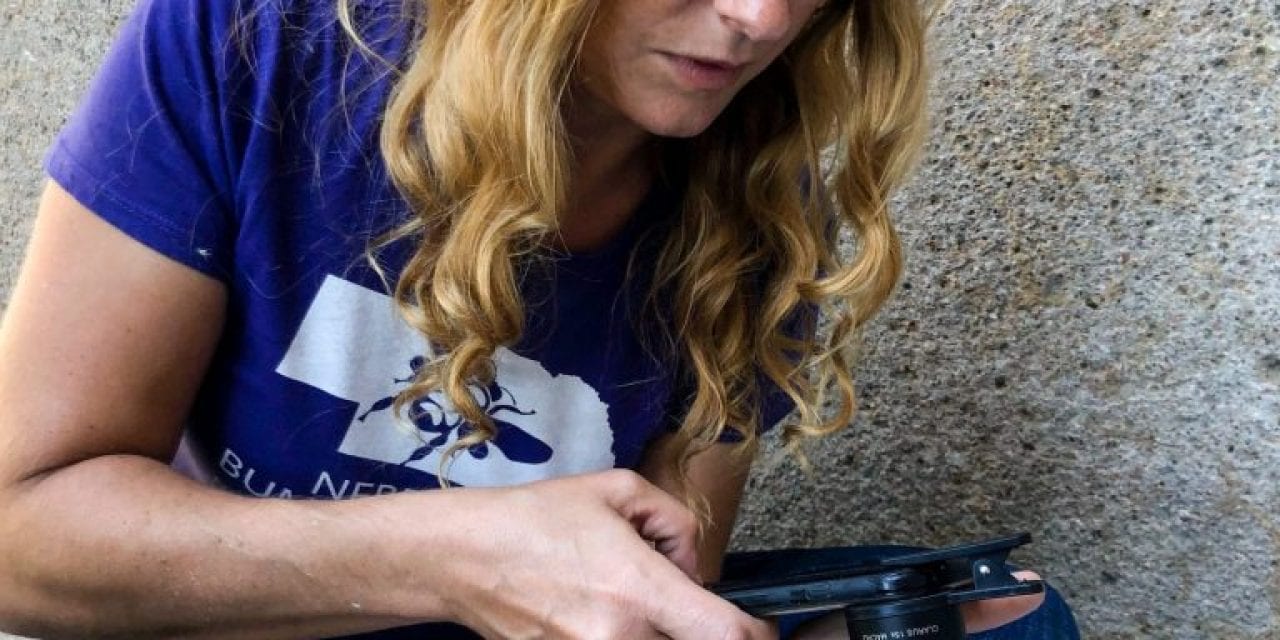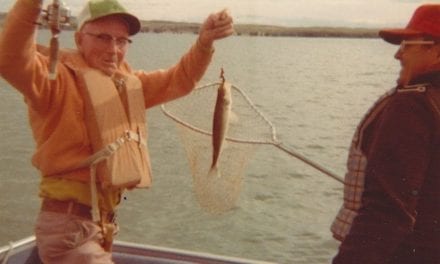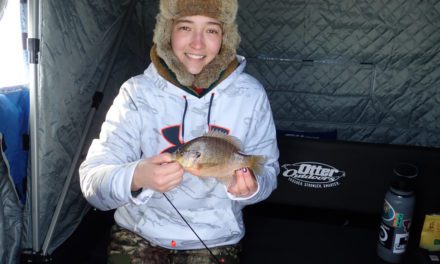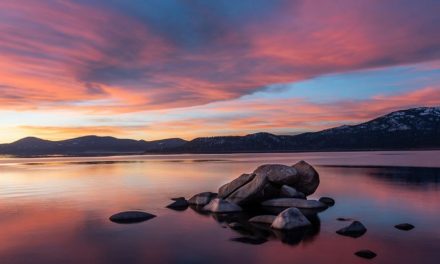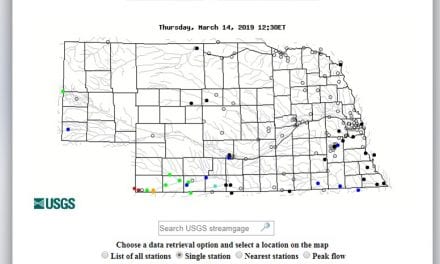Making their own discoveries.
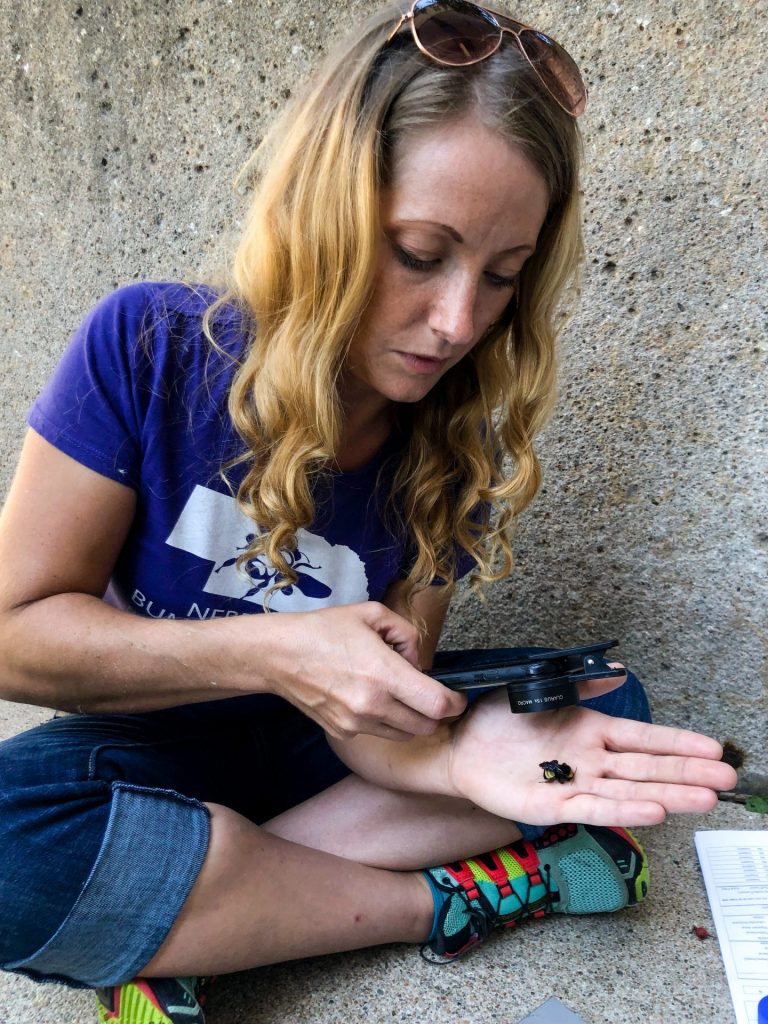
Story and photos by Renae Blum
Jessica Gieseke is a bumble bee-catching machine.
She picks her way through a clump of goldenrod buzzing with flies and soldier beetles and spots her target. In one swift, graceful movement, Gieseke slides a vial along a stem, tips a bumble bee inside and caps the vial.
The vial joins 25 others in her cooler packed with ice cubes. The ice chills the bees, rendering them sleepy and nearly immobile – a perfect photography subject. One by one, Gieseke taps the bees onto a sheet of white paper, positions them carefully, and shoots a photo with her cell phone. Later, she will submit her photos, species identifications and data about the survey area online.
Gieseke is not a scientist, though insects are a passion of hers. She volunteers for the Nebraska Bumble Bee Atlas, a catch-and-release project created by the Xerces Society that aims to track and conserve Nebraska’s native bumble bees. In just two months, participants submitted more than 390 observations from bumble bee surveys they conducted, which will help researchers better understand the bees’ distribution, status and habitat needs.
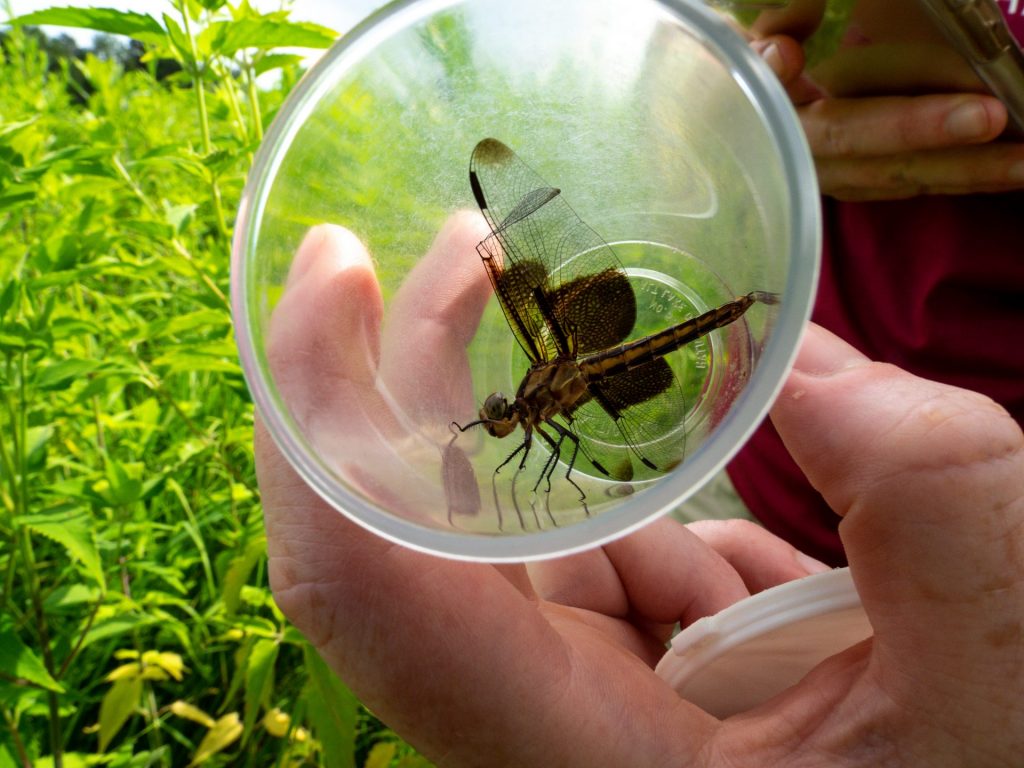
This project is part of a growing movement called “citizen science,” or, sometimes, “community science.” In citizen science, members of the public participate in scientific research, partnering with scientists to answer real-world questions.
There is almost no limit to what citizen science can look like. Citizen scientists in Nebraska have tagged monarchs, monitored milkweed, measured light pollution, searched for salamanders and even tested designs for artificial bumble bee houses. All of this is done without pay, both indoors and outdoors, by people of all ages, backgrounds and interests.
A Closer Look
“I think science has this reputation for knowing the facts, when really, science is exploration,” said Louise Lynch-O’Brien, an assistant professor of insect biology at the University of Nebraska-Lincoln. “It’s knowing that you don’t know something and you have to pursue an answer.”
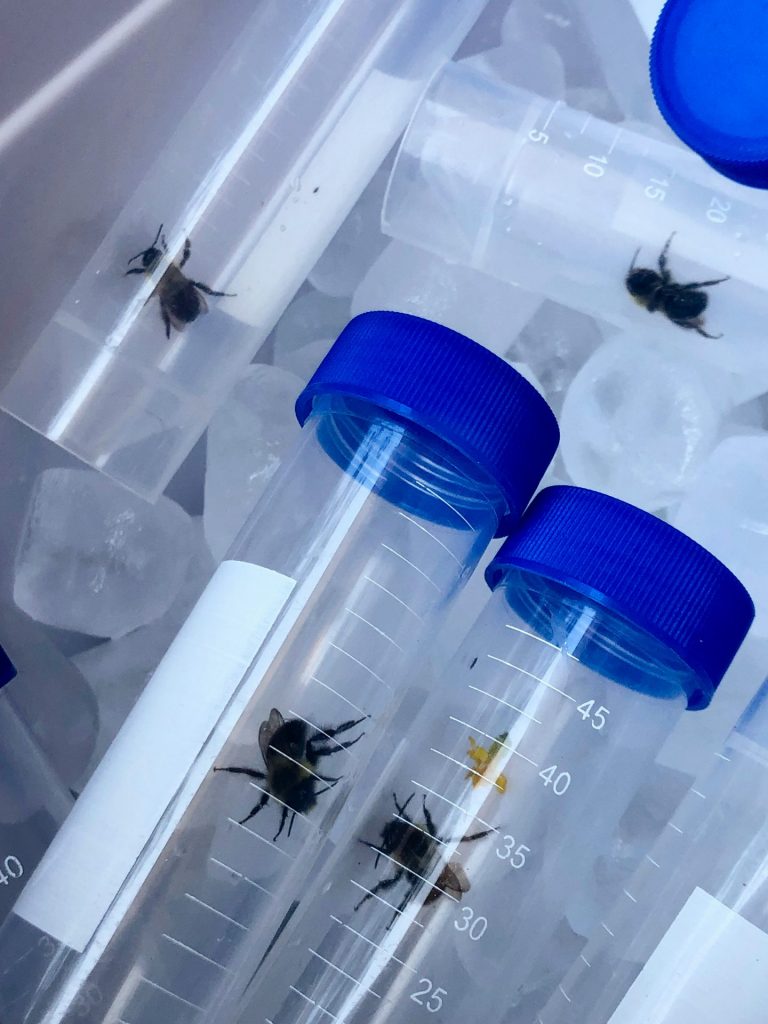
For Lynch-O’Brien and other researchers, partnering with the public through citizen science is a valuable way of finding those answers. For one thing, it puts numbers on your side.
“The poster boy example is always the monarch,” Lynch-O’Brien said. “Tracking their migration across continental North America would be so difficult for a team of even
20 researchers. So having volunteers throughout the country, looking and observing and trying to find monarchs,
just allows the research team to expand their geographic reach.”
Having a volunteer network in place also allows researchers to study a question over a longer period of time. Individual research team members might come and go, but an enthusiastic and engaged group of citizen scientists can contribute to a project indefinitely.
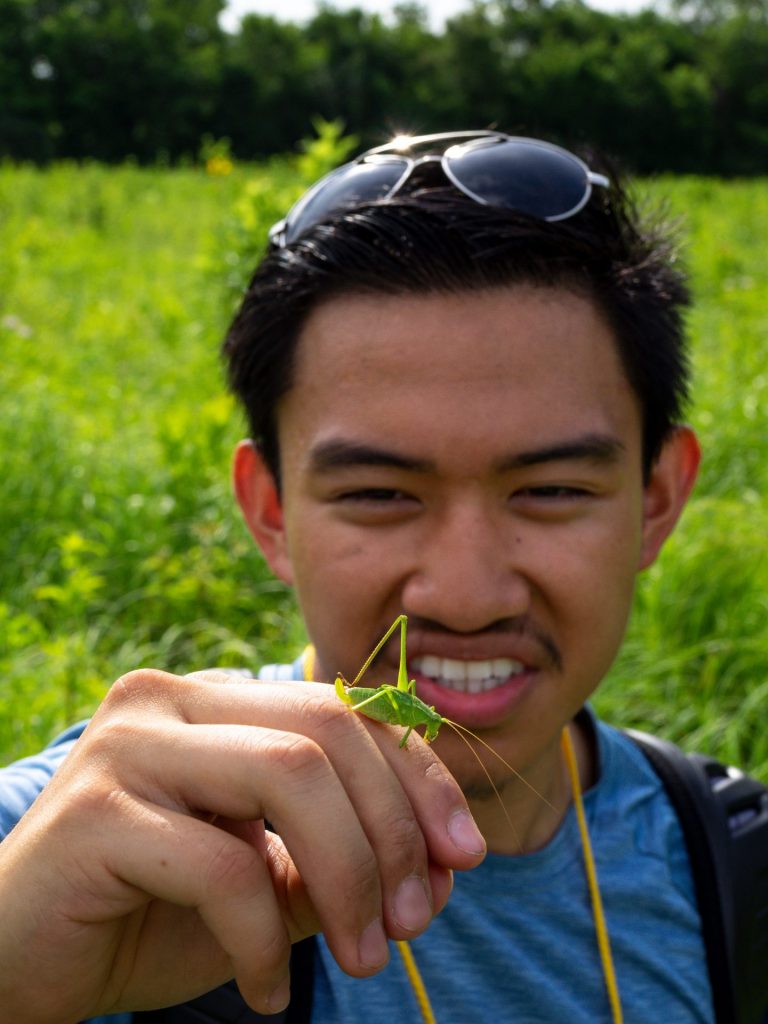
For the citizen scientist, projects like the Nebraska Bumble Bee Atlas can lift the curtain behind how science is done, allowing average, untrained people to participate in actual research and see how it works, Lynch-O’Brien said. “It kind of democratizes science, so that’s why it’s a lot of fun.”
Most citizen science projects are created and designed by a science team who recruit volunteers to provide data. In some projects, citizen scientists are involved at a deeper level, helping analyze and interpret data. And a small amount of projects are “co-created,” in which researchers and citizen scientists collaborate throughout the entire process.
Citizen science data can be used in a variety of ways. It might turn into maps, publications and long-term databases. It can also potentially impact policy and conservation guidelines.
“There’s a lot we don’t know,” Lynch-O’Brien said. “Scientists need help. And there’s no reason the general public can’t help, because scientists are people too.”
Personal Experiences
I talked to six Nebraskans who participated in citizen science last summer, and started to hear reoccurring comments: They enjoyed the opportunity to get outside, to learn and to contribute data that mattered. They’d encourage others to try citizen science. And they’d do citizen science again in the future.
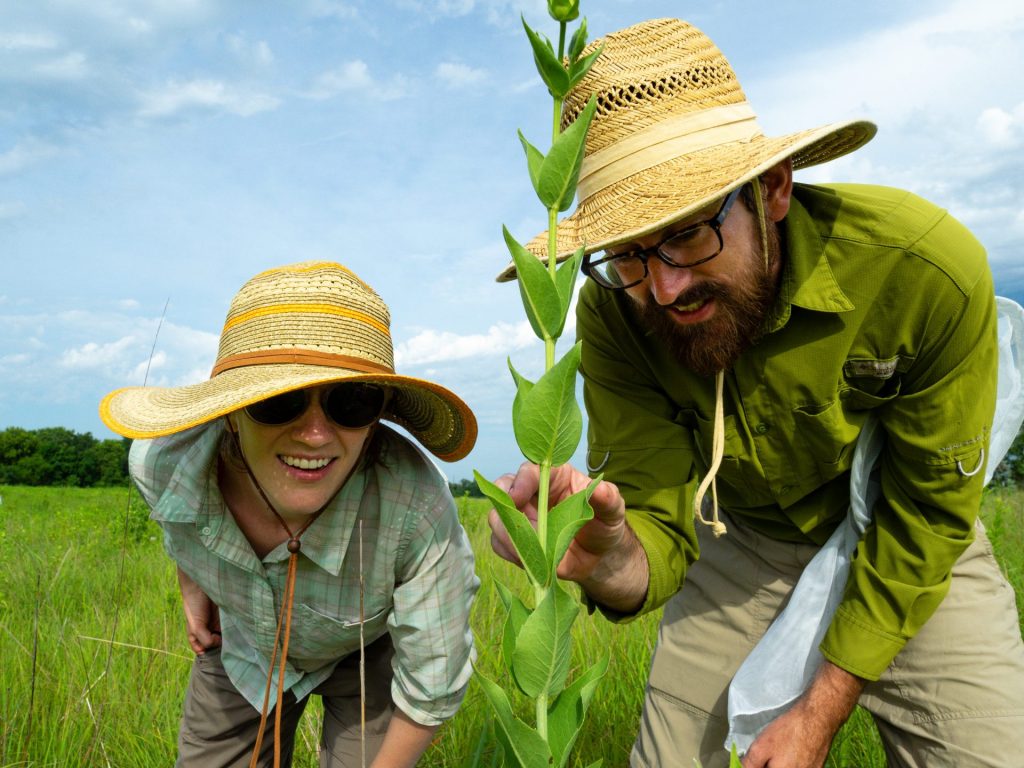
“It just opens another way of feeling the outdoors,” said Dan Leuenberger of Lincoln, who participated in a Nebraska Game and Parks survey for monarchs and regal fritillaries. “I’ve never paid a lot of attention to butterflies before, but now, after doing the survey, I think about butterflies and I look for them more often than I used to.”
Kellie Hayden of Omaha said she wanted to get a degree in biology as an undergrad, but ended up taking a different career path. By getting involved in citizen science now, “I’m learning a lot of the stuff I wasn’t able to learn in school, but then at the same time I’m actually contributing to the larger knowledge base,” she said.
To her surprise, doing citizen science also increased her confidence, Hayden said. “When I first started bird banding I was very afraid to touch the birds; I really didn’t want to hurt them. Knowing and understanding what I’m doing has just really elevated my confidence.”
A Success Story
Nebraska boasts quite a few successful citizen science projects. One of them, the Nebraska Wildlife Watch, asks participants to identify species in camera trap images. In its first two months, it accumulated more than 23,000 identifications.
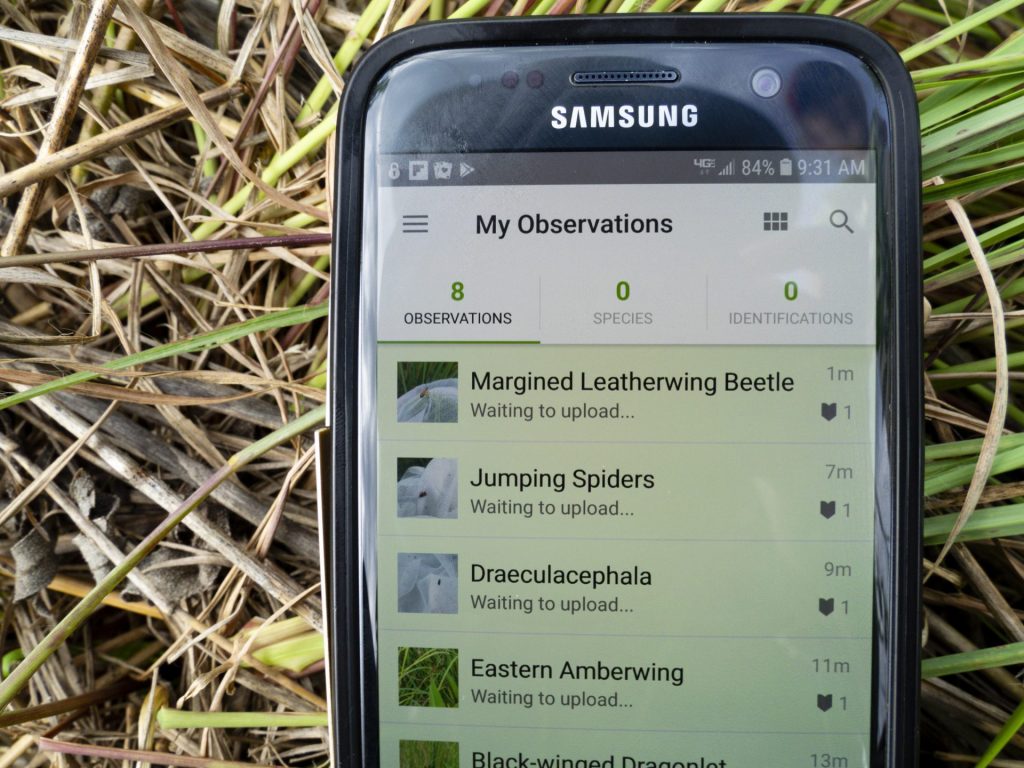
Among the various citizen science projects she coordinates, this one is particularly exciting, said Nebraska Game and Parks Watchable Wildlife Biologist Alie Mayes. Not only does it save a lot of time for Game and Parks biologists working with camera traps, Mayes said, but it’s also computer-based, making it uniquely accessible.
“People can do it anywhere, from their own homes,” Mayes said. “Not everybody wants to walk a transect and look for butterflies. So it’s a different kind of citizen science that we’re offering.”
The goals of the Nebraska Wildlife Watch are to gain information that will help inform state habitat management decisions, and to help Mayes’ team gain confirmed sightings of rare and at-risk species. They also hope it will engage participants in Nebraska-based citizen science and allow people to view and recognize Nebraska’s wildlife.
“I think people love viewing nature, and this is a really cool and different way to do that,” Mayes said, when asked about the appeal of the project. “Some of the species are common, like deer and turkeys, but then every so often we get a coyote or a bobcat or a badger. And those are things people have a harder time seeing in the wild.”
What’s Next?
Citizen science in Nebraska has a bright future. No one knows for sure how many citizen science projects are out there in the state, but numbers are increasing, and the enthusiasm is infectious.
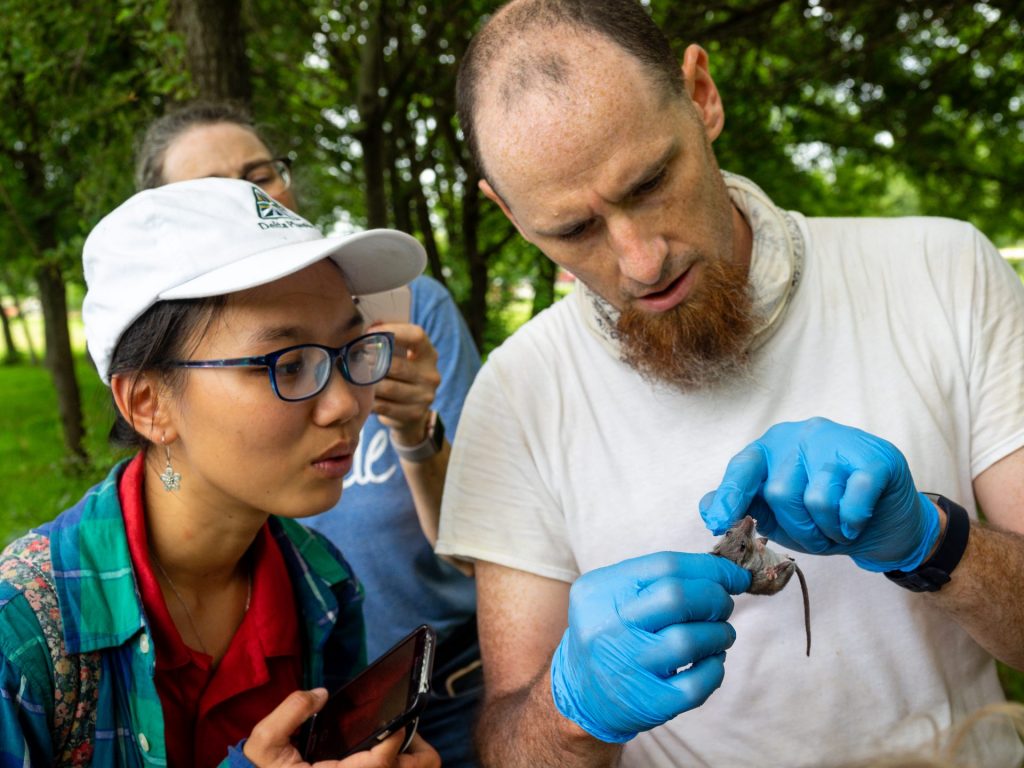
And if all goes according to plan, it’ll become easier and easier to find projects and get involved. Last April, Lynch-O’Brien and Mayes launched Citizen Scientists of Nebraska, a statewide network aimed at increasing the presence of citizen science in Nebraska.
Right now Mayes, Lynch-O’Brien and their core team are focused on connecting citizen science program facilitators, allowing them to collaborate, share resources, problem-solve and coordinate efforts. Citizen scientists are also encouraged to join the network to connect with projects, resources and other participants across the region.
“The response back was really encouraging,” Mayes said. “Maybe I’m wholly optimistic, but I just think we’re on the cusp of something really exciting.”
Meanwhile, citizen scientists across Nebraska will continue exploring, getting their hands dirty and having fun. ■
Citizen Science Project to Try
To find a citizen science project to contribute to, visit scistarter.org, zooniverse.org or the Citizen Scientists of Nebraska Facebook page. Here are just a few projects you can participate in.
Monarch Watch Monarch Tagging Program (late August through early October, in Nebraska): Each fall, Monarch Watch distributes more than a quarter of a million tags to thousands of volunteers across North America who tag monarchs as they migrate through their area. Learn more at monarchwatch.org/tagging.
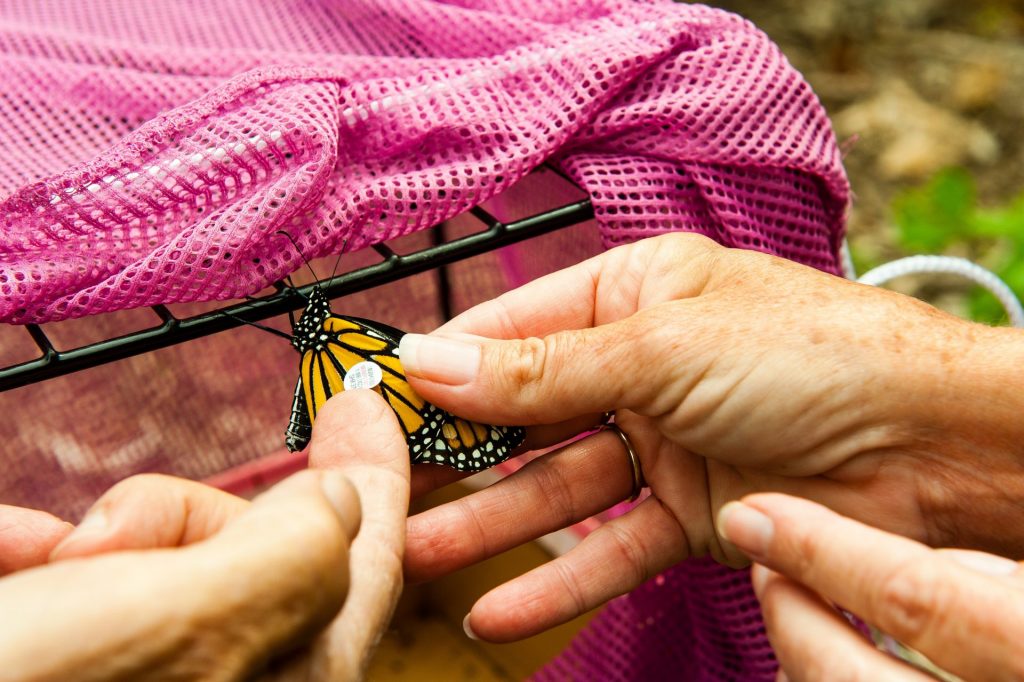
Christmas Bird Count (mid-December through early January): The Christmas Bird Count is one of the longest running citizen science projects in the nation, and fuels the work of the National Audubon Society throughout the year. Find a count near you at noubirds.org/activities/cbc.aspx.
iNaturalist (throughout the year): One of the world’s most popular nature apps, iNaturalist helps you identify the plants and animals around you, and creates research-quality data for scientists. Learn more at iNaturalist.org.
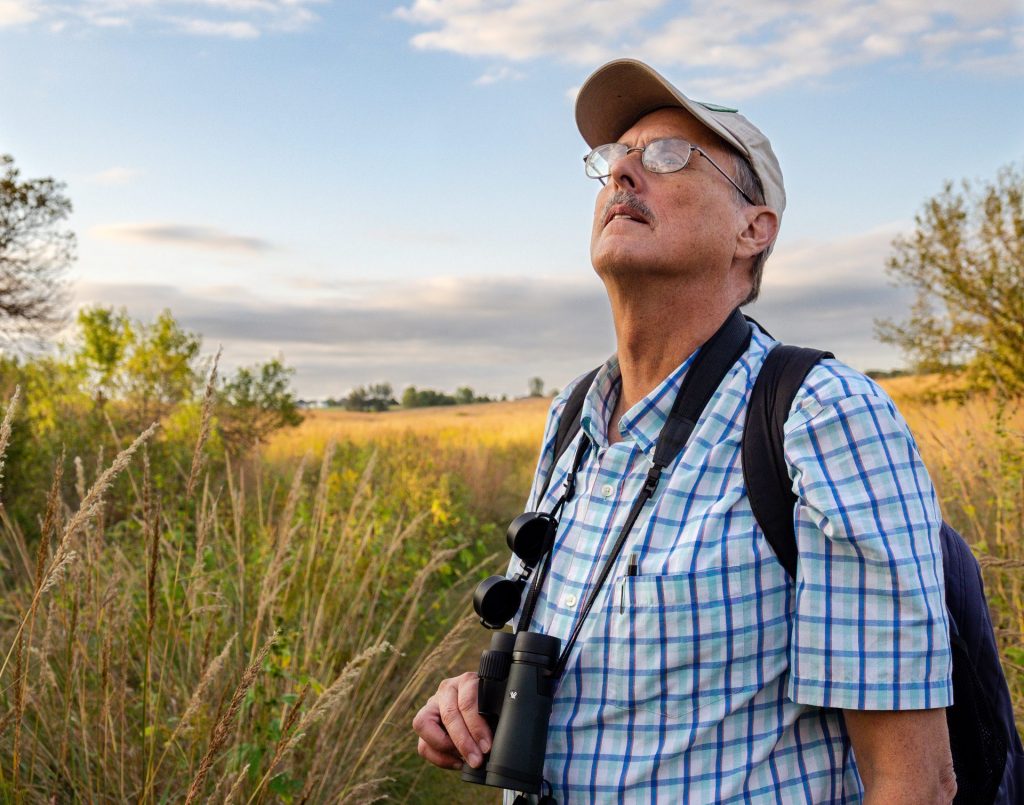
Nebraska Salamander Search (spring): This project is an effort to find and record observations of tiger and smallmouth salamanders in Nebraska. Nebraska Game and Parks and the University of Nebraska-Lincoln will use the data to document its range and abundance. See details at scistarter.org/nebraska-salamander-search.
Globe at Night (throughout the year): A little more than 100 years ago, you could walk outside at night even in a city and see the Milky Way. Because of light pollution, that’s often no longer the case. Submit measurements of night sky brightness at globeatnight.org and contribute to our understanding of global light pollution.
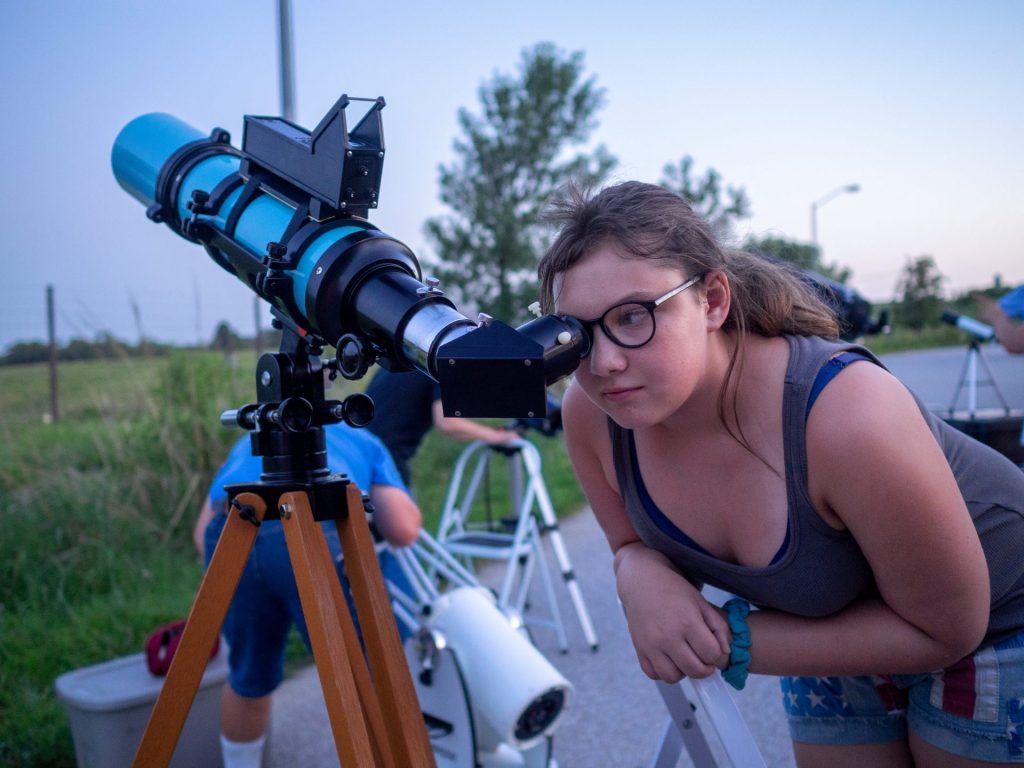
eBird (throughout the year): A project of the Cornell Lab of Ornithology, eBird is the world’s largest biodiversity-related citizen science project, with more than 100 million bird sightings contributed each year from users across the globe. The data documents bird distribution, abundance, habitat use and trends. Learn more at eBird.org.
Monarch and Regal Fritillary Butterfly Surveys (June-July): There is an urgent need to track monarchs and regal fritillaries across their range over time to better understand and adjust conservation methods. Support Nebraska Game and Parks in this effort by finding and recording observations of Nebraska’s monarchs and regal fritillaries. Visit OutdoorNebraska.gov/butterflysurvey.
The post Citizen Science appeared first on Nebraskaland Magazine.

